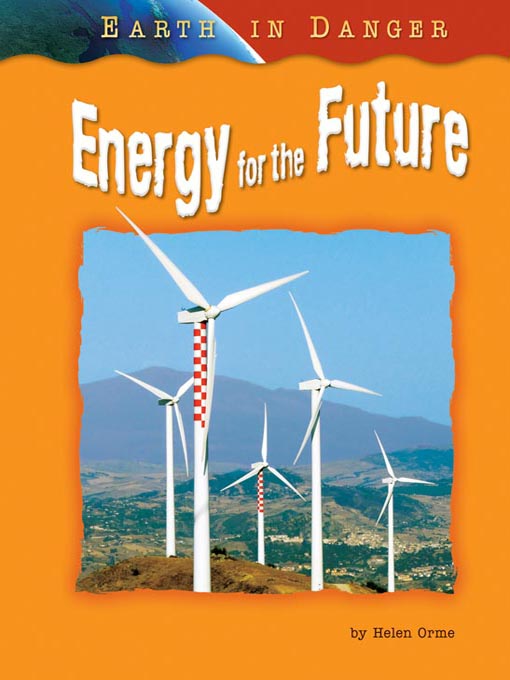
Energy for the Future
Earth in Danger
فرمت کتاب
ebook
تاریخ انتشار
2008
Lexile Score
930
Reading Level
4
ATOS
5.8
Interest Level
4-8(MG)
نویسنده
Helen Ormeشابک
9781597168090
کتاب های مرتبط
- اطلاعات
- نقد و بررسی
- دیدگاه کاربران
نقد و بررسی

November 1, 2008
Gr 3-6-Each of the first 20 pages of each book features a large photo on a full spread, with related text next to or superimposed on the striking visual. Smaller photos, maps, and text boxes add information, but since the topic changes with every page turn, coverage is necessarily basic and simplified. For example, "Energy" talks about clean coal, wind, wave, solar, and nuclear power, plus biomass, one of the best renewable energy sources for the future. The final pages in the volumes appear aimed at the older age range, with smaller, denser, colored type presenting case studies, offering suggestions for action, and providing additional background and facts. The introductory overviews would work with small groups, while better readers could delve deeper into a topic by concentrating on the remaining pages.
Copyright 2008 School Library Journal, LLC Used with permission.

October 15, 2008
Grades 3-6 From a shimmering French office building clad in solar panels to a small bio-gas plant outside a home in India, examples of clean energy are the focus inthis slim title in the Earth in Danger series. Following brief definitions of renewable and nonrenewable energy sources, the spreads introduce various methods of producing Earth-friendly power, most often by harnessing natural forces such as sun, wind, and water movement. Orme presents concepts in clear, simplified language that may leave students with questions, such as how fossil fuels form or what, exactly, are the dangerous wastes that a nuclear plant produces. An appended section, Just the Facts, delves into further detail about the issues with focused, interesting statistics (Three percent of all the energy made in the U.S. comes from biomass), and offers young readers energy-saving tips that directly apply to their own daily lives. Packed with sharp color photos that will attract browsers, this handsome title will provide a solid first stop for students new to the subject of renewable energy.(Reprinted with permission of Booklist, copyright 2008, American Library Association.)

























دیدگاه کاربران